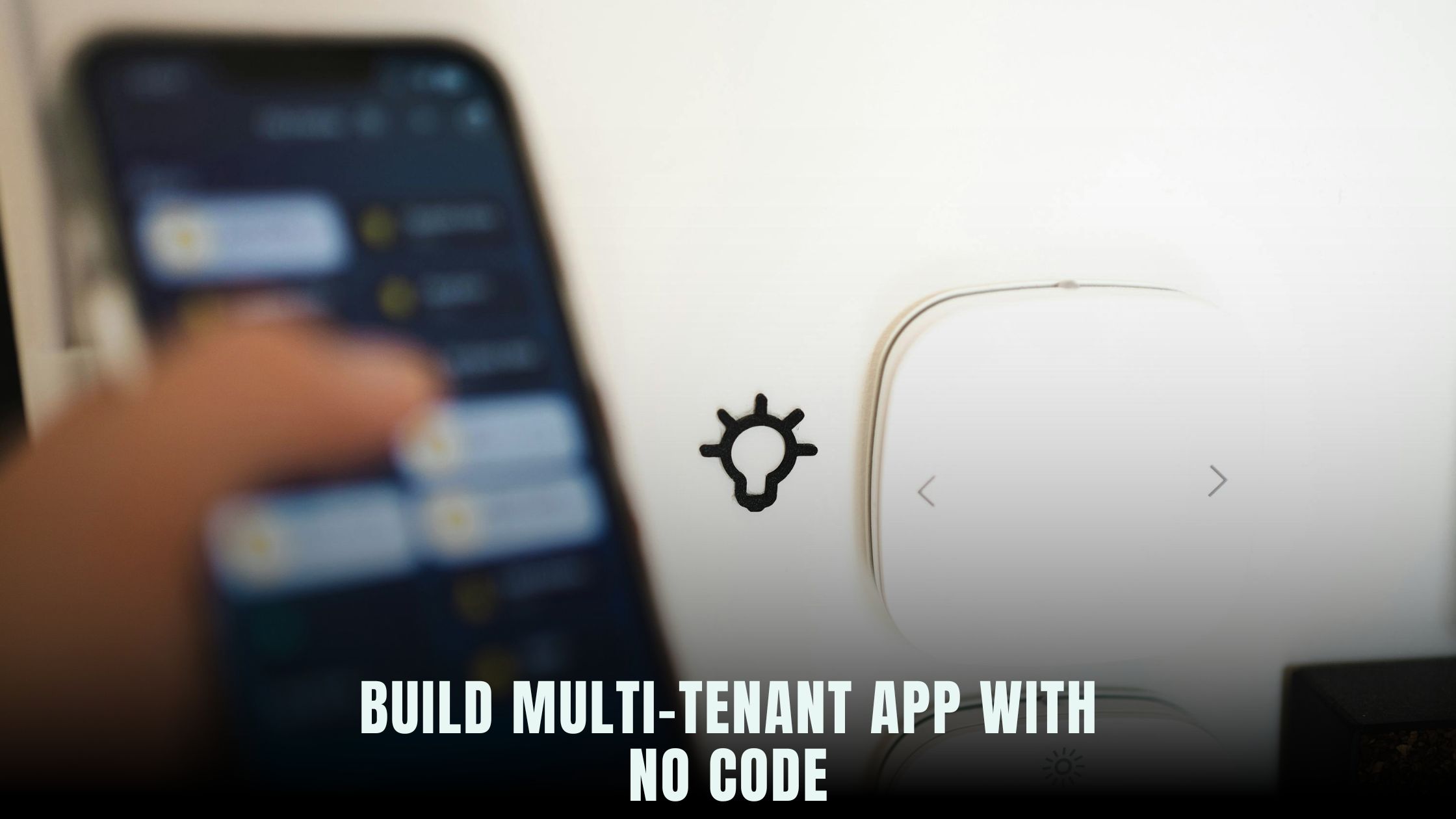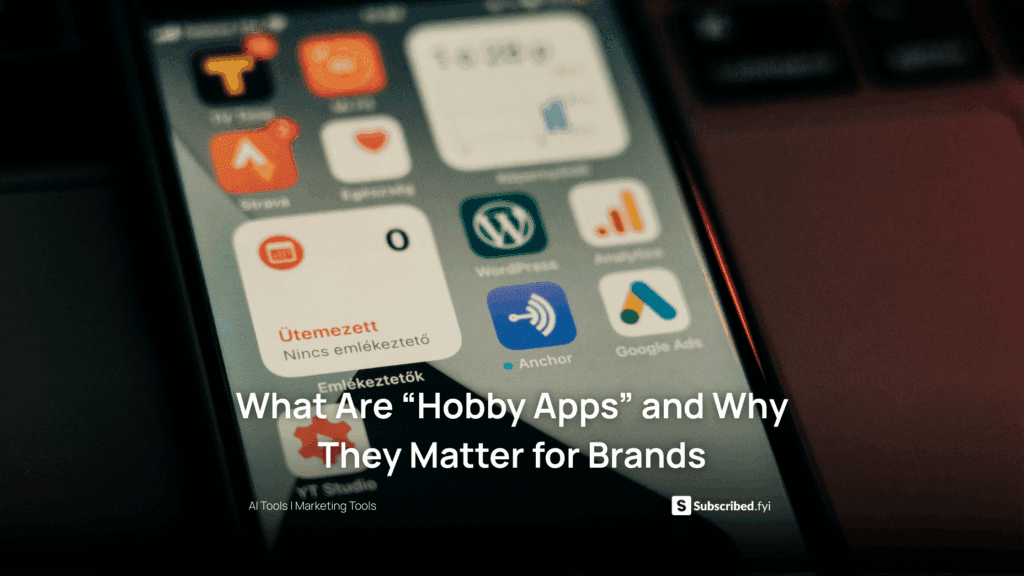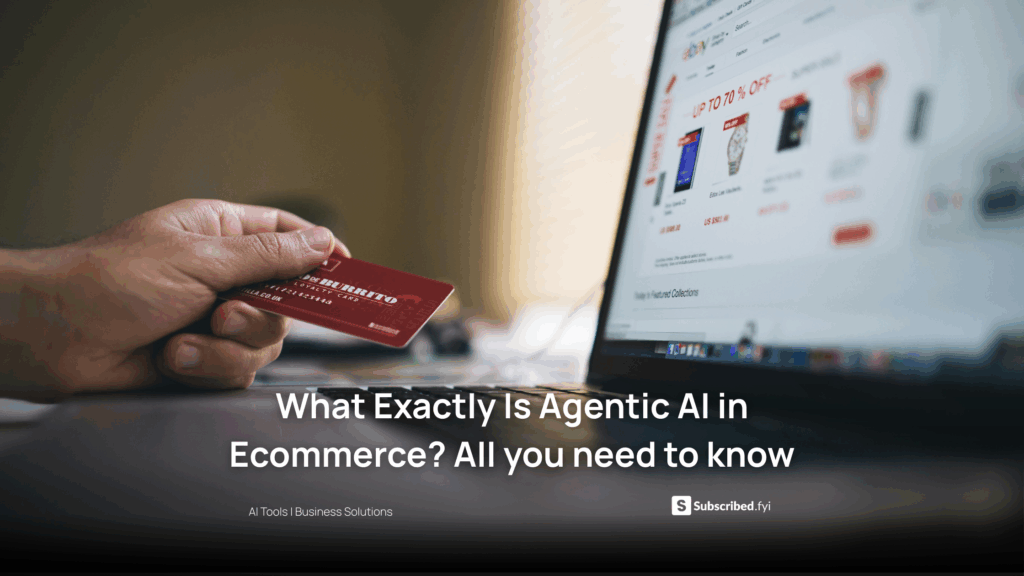Can You Build a Multi-Tenant App with No Code?
- WebOps Platforms Bug Tracking & Feedback Software Web Development & Design Website Builder


Building a multi-tenant application traditionally involves complex database schemas, custom authentication logic, and a robust hosting environment. No-code platforms like Hostinger Horizons simplify these challenges by providing AI-driven configuration tools, managed hosting, and built-in support for subdomain routing. You simply describe your requirements—such as “create a new tenant with isolated database records and custom subdomain support”—and the platform handles schema generation, authentication flows, and DNS setup automatically. If you want to compare options, check out the Vibe Coding directory or explore the AI-powered website builders list to see how other no-code tools tackle multi-tenancy.
Multi-tenancy means multiple customers (tenants) share the same application instance while keeping their data and branding separate. You’ll learn how to design per-tenant data isolation, set up authentication that scopes users to their own tenant, and manage custom domains or subdomains—all without writing a single line of server code. Platforms like Hostinger Horizons also bundle hosting, SSL certificates, and 24/7 expert support, so you can focus on building features that matter instead of server maintenance.
Understanding Multi-Tenant Architecture
What Is Multi-Tenancy?
A multi-tenant application serves multiple clients from a single codebase and infrastructure, dividing data and configuration so each client’s data remains private and secure. This contrasts with single-tenant apps, where each client has a separate instance. Multi-tenancy improves resource utilization, simplifies updates, and reduces hosting costs.
Models of Data Isolation
There are three common patterns for data isolation:
-
Shared Database, Shared Schema: All tenants store data in the same tables, with a
tenant_idfield to segregate records. -
Shared Database, Separate Schemas: Each tenant has its own schema within the same database, providing stronger isolation.
-
Separate Databases: Each tenant’s data lives in its own database, offering the highest isolation at the cost of maintenance complexity.
In no-code builders, you typically use the shared schema model. You ask your platform—such as Hostinger Horizons—to “add tenant_id field to all tables and filter data automatically by tenant,” and the AI configures data rules behind the scenes.
Benefits of No-Code for Multi-Tenant Apps
Rapid Development and Deployment
No-code platforms let you define tables, forms, and workflows visually or via AI chat. Instead of writing backend code, you configure data models and authentication rules in minutes. For example, in Hostinger Horizons, you type “create table projects with fields tenant_id, name, deadline,” and the system generates the API endpoints, database migrations, and UI scaffolding for you.
Built-In Hosting and Scaling
Multi-tenant apps can strain resources as you add tenants. Hostinger Horizons offers autoscaling infrastructure and a global CDN, ensuring your app remains fast and available even as user count grows. You avoid manual server provisioning or configuring load balancers—just publish your app, and the platform handles capacity.
Centralized Updates
With multi-tenancy, every tenant benefits from app updates simultaneously. No-code platforms let you push feature changes or bug fixes once, and the update propagates to all tenants instantly. Horizon’s AI chat can “deploy version 1.1 with new reporting dashboard to all tenants” in seconds.
Per-Tenant Data Isolation Strategies in No-Code
Configuring Shared Schema Isolation
In shared schema mode, each record includes a tenant_id field. You need to ensure every query automatically filters by the current tenant. In Hostinger Horizons, ask “set default filter tenant_id = currentTenant() on all queries,” and the platform injects this rule at the database layer, preventing data leaks across tenants.
Applying Field-Level Security
Beyond filtering records, you may need to restrict certain fields. For instance, a billing table might include cost that only admins can see. Use AI prompts like “restrict cost field visibility to users with role tenant_admin” to enforce field-level permissions without writing access control code.
Using Separate Schemas or Databases
If you require stronger isolation, some no-code tools support separate schemas. Ask your AI builder “create tenant-specific schema and map projects table to it,” and the system creates a new schema for each tenant on signup. While more complex, this model reduces the risk of cross-tenant data access and simplifies data backup per tenant.
Building Authentication and Authorization Flows
Tenant-Aware Sign-Up and Login
On sign-up, you need to capture tenant information or assign users to an existing tenant. In Hostinger Horizons, you instruct “create sign-up form that asks for company_name and generates a subdomain,” and the AI builds logic to create a new tenant record, set up a subdomain, and assign the user as the tenant owner.
Role-Based Access Control
Define roles such as tenant_admin, editor, and viewer. Map permissions for each role—who can edit data, who can only read. You prompt “create roles admin, editor, viewer with CRUD permissions on projects” and the platform configures access control lists in the backend automatically.
Social Login and SSO Integration
Multi-tenant apps often benefit from Single Sign-On (SSO) for enterprise clients. Use AI chat to “integrate OAuth SSO with Okta” or “enable Google and Microsoft login” and supply credentials. Horizons sets up the authorization flow, handles token exchange, and maps users to tenants based on email domain rules.
Custom Subdomain and Domain Routing
Subdomain Routing for Each Tenant
Tenant-specific URLs improve branding and user experience. Configure wildcard subdomains—*.app.yourdomain.com—and route tenant subdomains to separate tenant contexts. In Hostinger Horizons, you command “enable wildcard subdomain routing” and “map tenantA.app.yourdomain.com to tenant with ID A.” The AI handles DNS records, SSL certificate issuance for each subdomain, and routing logic.
Custom Domains per Tenant
Allow customers to bring their own domain—dashboard.customer.com. You prompt “enable custom domain support” and “bootstrap customer.com domain,” and the platform generates instructions for DNS CNAME records, provisions SSL, and maps that domain to the correct tenant context.
Designing Scalable Tenancy Management Interfaces
Tenant Onboarding Dashboard
Provide a self-service onboarding dashboard where new tenants can register, choose plan tiers, and configure basic settings. In no-code platforms, ask “build tenant onboarding wizard with steps: account details, subdomain setup, payment plan selection” and watch Horizon generate a multi-step form with validation and payments integration.
Admin Console for Tenant Management
As the platform owner, you need a central console to view tenant usage, upgrade plans, or deactivate accounts. Command “create admin dashboard with table of tenants showing status, plan, usage metrics” to scaffold this console. Horizons builds data grids, filters, and action buttons—no manual coding required.
Monitoring, Analytics, and Alerting
Per-Tenant Usage Analytics
Track each tenant’s resource consumption—API calls, data storage, active users. Use AI prompts like “display API call count by tenant in last 24 hours” or “alert me when tenant’s usage exceeds plan limit.” Horizon’s built-in analytics dashboard updates in real time and supports segmentation by tenant.
Automated Billing and Plan Enforcement
Connect usage data to billing systems: “when tenant’s API calls exceed 1000 in a month, upgrade billing tier” or “send invoice via Stripe at month end based on usage.” The AI configures metering, invoicing, and webhook integrations to automate billing cycles.
Customizing Tenant Experiences
Branding and Theming per Tenant
Let tenants customize their dashboard colors, logos, and welcome messages. In no-code, ask “enable tenant theming” and “allow tenants to upload logo and choose primary color.” Horizon generates theme settings storage and applies custom CSS overrides at the tenant level.
Feature Flags for Beta Access
Roll out new features to selected tenants using feature flags. Ask “enable feature flag new_reporting and assign to tenants in beta program” to gate features. This approach supports phased rollouts and A/B testing across tenant segments.
Ensuring Security and Compliance
Data Encryption and Backup
Protect tenant data with encryption at rest and in transit. Hostinger Horizons provides automatic SSL and AES encryption for databases. You can prompt “enable nightly encrypted backups for tenant databases” to configure backup schedules without server config.
Audit Logs and Activity Monitoring
Maintain audit trails for compliance. Ask “log all admin actions with timestamps and user IDs” and “store logs for 90 days.” Horizon builds audit tables and interfaces to review logs easily.
Compliance with GDPR, HIPAA, etc.
If handling sensitive data, configure data privacy rules: “anonymize PII fields after 30 days” or “enable consent recording for all user data.” The AI implements these retention and masking rules at the database level.
Testing and Quality Assurance
Automated Testing of Tenant Isolation
Before going live, run tests to confirm tenant separation. Horizon’s sandbox lets you “simulate two tenants creating records and verify no cross-access.” Automated test scripts validate routing, data filters, and access controls.
Performance and Load Testing
Simulate multiple tenants accessing the app concurrently. Ask “run load test with 100 simultaneous tenant sessions” and monitor response times. Horizon scales resources as needed, giving you confidence in production performance.
Why Hostinger Horizons Makes No-Code Multi-Tenancy Possible
Hostinger Horizons transforms the complexity of multi-tenancy into simple conversational commands. You describe data models, authentication rules, subdomain routing, and analytics needs in plain English, and the AI configures everything—database schemas, API endpoints, UI scaffolding, and infrastructure. With built-in hosting, SSL, autoscaling, and expert support, you avoid the traditional pain of DevOps. Hostinger Horizons cuts development time by up to 90%, empowers solopreneurs to launch SaaS products quickly, and scales seamlessly as you acquire new tenants.
Empowering Your No-Code SaaS with Multi-Tenancy
Building a multi-tenant app without writing code is now within reach of anyone with a vision. By defining tenant data isolation, authentication flows, custom domains, and tenant-specific branding through AI-driven prompts, you focus on delivering value to your customers instead of wrestling with boilerplate code. Hostinger Horizons’ all-in-one platform handles data security, performance, analytics, and billing workflows—freeing you to innovate and grow your SaaS business with confidence.





